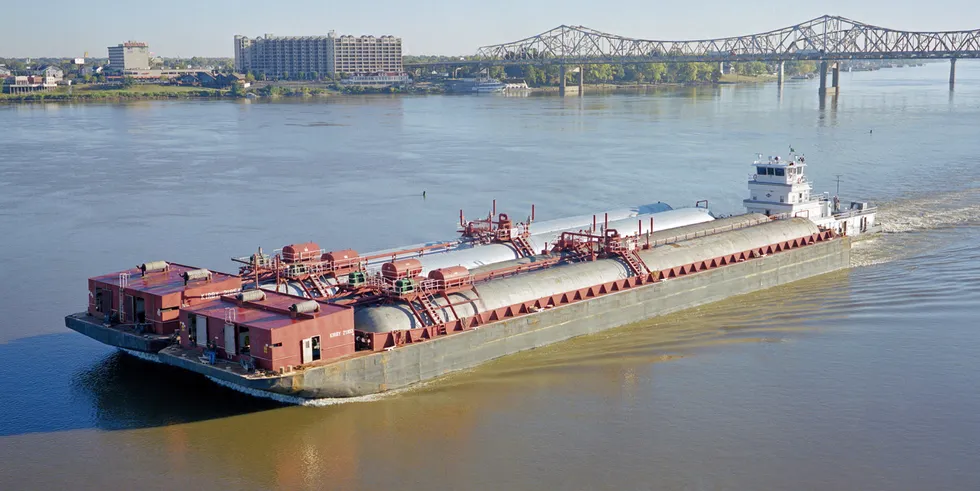OPINION | Does it make financial sense to export green hydrogen-derived ammonia around the world?
Germany and other nations are hoping that large amounts of the H2 derivative can be imported, but the price will be high, writes number-cruncher John Poljak
